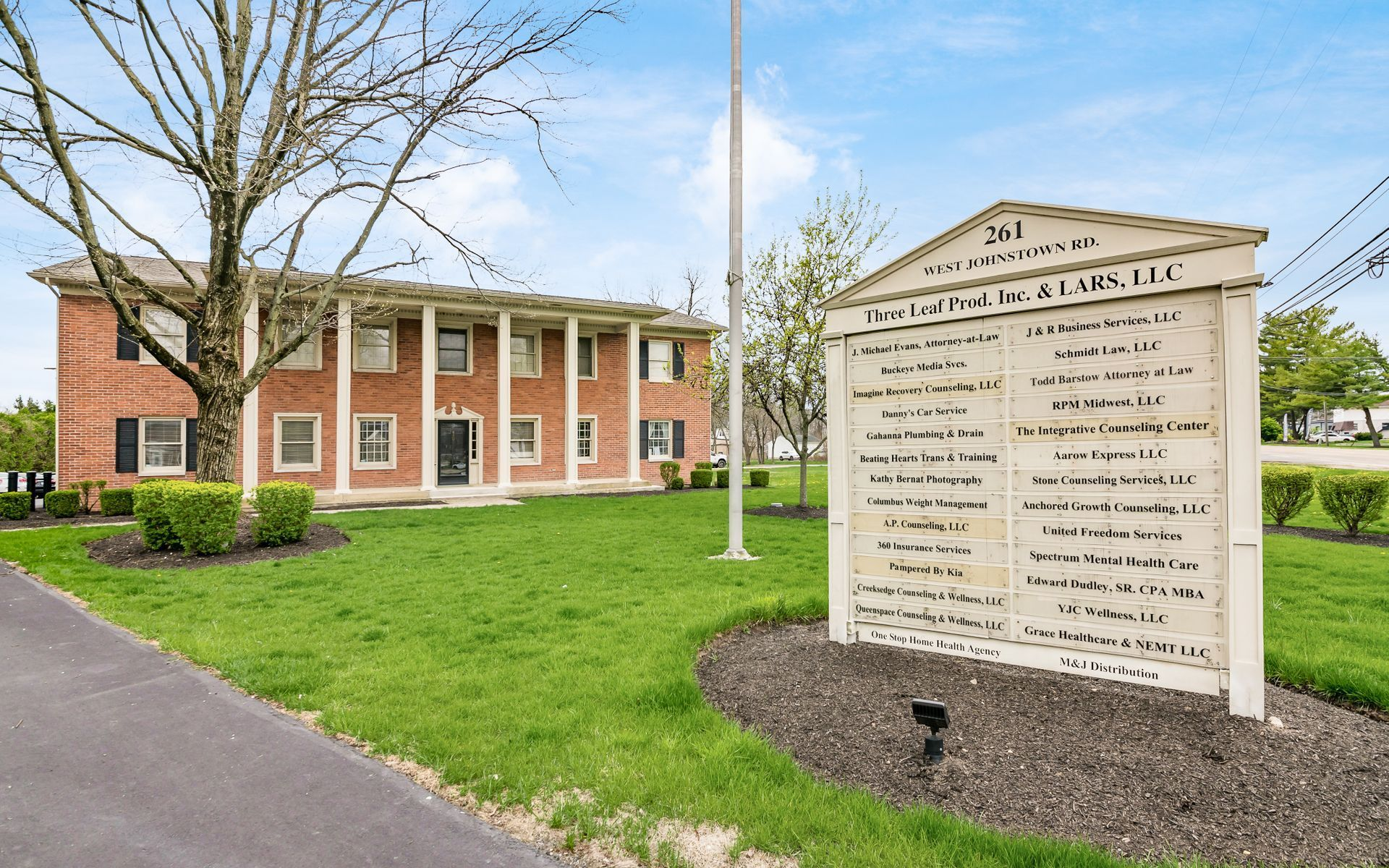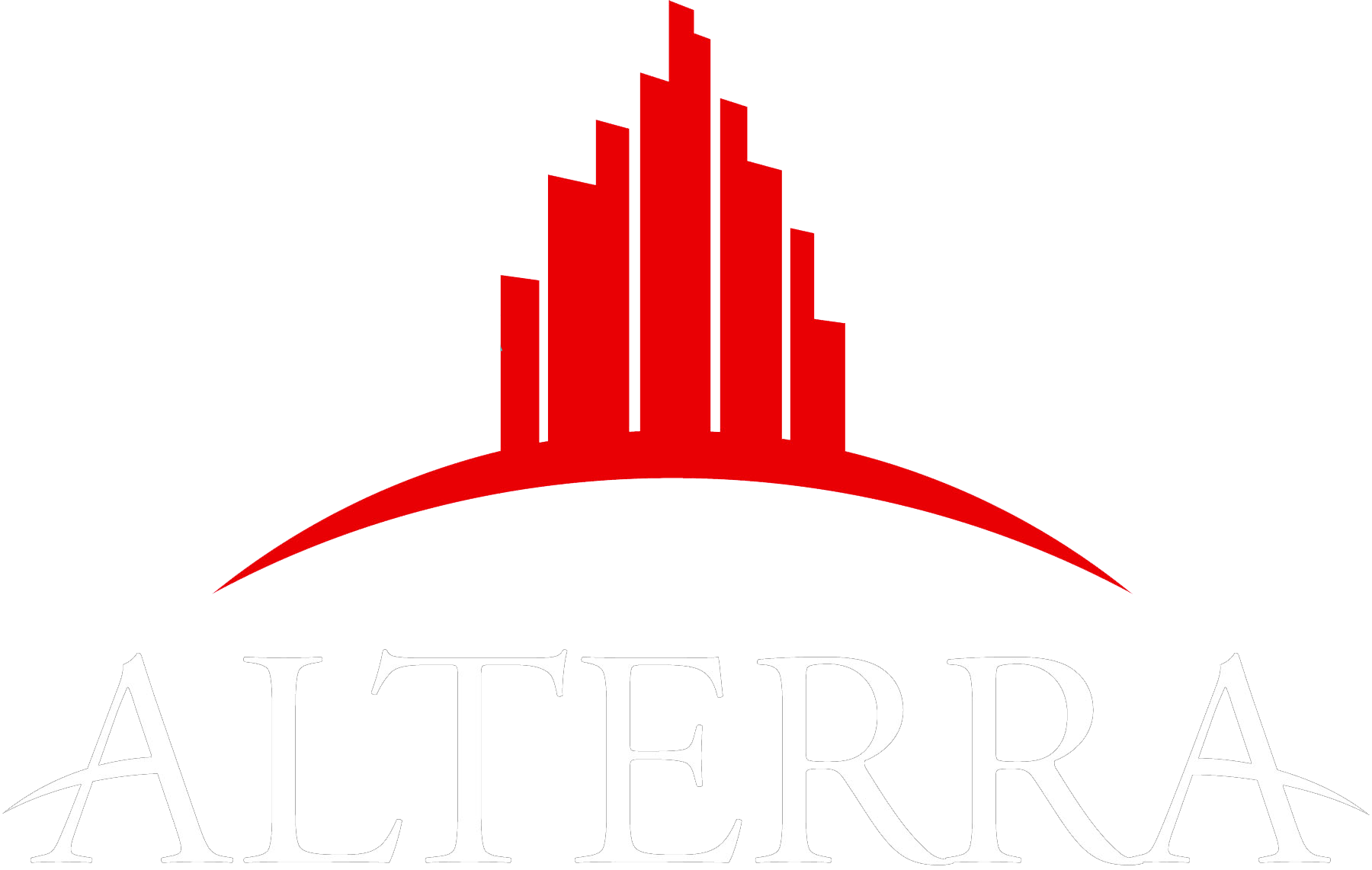6 Reasons Property Management Is on the Rise
In recent years, property management has gained significant traction as an essential service in the real estate market. This surge in popularity is driven by several key factors that reflect changes in both market dynamics and consumer behavior. In this article, we will explore the various reasons why property management is on the rise and examine the benefits it brings to property owners, tenants, and the real estate industry as a whole.
The complexities of property ownership, tenant interactions, and market competition highlight the importance of professional management. As the industry continues to evolve, understanding the drivers behind this growth is essential for stakeholders in real estate. Whether managing a single rental unit or an office for lease, property management professionals play a pivotal role in maintaining efficiency, profitability, and tenant satisfaction.
1. Urbanization Driving the Demand for Managed Properties
Urbanization is a significant driver of increased demand for rental properties. As more people move to urban areas for employment opportunities, the availability of commercial spaces becomes a pressing issue. With urban areas becoming more densely populated, rental properties provide a flexible and accessible solution for business needs.
This trend contributes to the rise in property management services, which help efficiently manage high-demand rental units and commercial properties in busy urban centers. Property management ensures both the quality and availability of office spaces in such bustling environments.
Urbanization also drives higher property prices and increased rental demand. Many families and entrepreneurs migrating to cities for economic prospects find renting more viable than ownership. Thus, renting a home or securing an office for lease becomes an attractive option, sustaining demand for professional property management.
Moreover, as cities modernize, property managers are tasked with maintaining infrastructure and ensuring compliance with evolving zoning and building codes. Their expertise keeps commercial spaces functional, safe, and attractive to new tenants, strengthening the overall appeal of urban living and business operations.
2. Millennial Work Trends Driving Commercial Rental Growth
Millennials are reshaping the commercial property landscape through their preference for renting flexible, modern workspaces rather than investing in long-term ownership. This generation’s entrepreneurial mindset and focus on adaptability have fueled a growing demand for dynamic office environments, shared workspaces, and mixed-use commercial properties. Renting allows millennial business owners and professionals to scale operations efficiently, experiment with new markets, and adjust space needs as their ventures evolve.
Many millennials also prefer renting spaces to accommodate start-ups and remote working teams, driving demand for offices that promote collaboration, innovation, and connectivity. These tenants value amenities such as high-speed internet, open floor plans, and convenient access to urban centers. As a result, commercial landlords are increasingly prioritizing flexibility in lease agreements, offering short-term contracts and modular layouts that cater to the changing needs of small and mid-sized enterprises.
As millennials continue to prioritize flexibility, collaboration, and purpose-driven work environments, commercial property managers must stay responsive to evolving expectations. By curating adaptable spaces that combine functionality, comfort, and sustainability, they help foster the next generation of thriving businesses and entrepreneurial growth.
3. Investor Demand for Reliable Property Oversight
Investors increasingly seek to diversify their portfolios with real estate holdings, recognizing the long-term gains offered by rental income and asset appreciation. This has created a growing need for competent property management to handle tenant relations, maintenance, and rent collection effectively.
According to Doorloop, the U.S. property management market is projected to grow from $81.52 billion in 2025 to $98.88 billion by 2029, at a CAGR of 3.94%. This steady growth underscores investors’ reliance on professional management to safeguard their investments and maintain long-term profitability.
Additionally, property managers provide risk mitigation services by ensuring properties comply with safety standards, conducting routine inspections, and implementing preventative maintenance. This hands-on approach minimizes costly repairs and legal issues while improving overall tenant retention rates—an invaluable benefit for real estate investors focused on sustainable growth.
4. Technology Transforming Property Management Practices
Technological advancements have revolutionized property management through the introduction of software solutions and digital tools. Property management systems now automate administrative tasks such as rent collection, maintenance tracking, and communication with tenants.
These platforms provide real-time insights, allowing managers to make informed decisions and enhance operational efficiency. For instance, managers can remotely monitor multiple properties, including any office for lease, ensuring everything functions smoothly without constant on-site presence.
The transition to digital property management aligns with broader tech trends, reducing human error and improving forecasting capabilities. As property managers adopt advanced software, the industry becomes more connected, data-driven, and responsive to tenant and owner needs.
In addition, the integration of artificial intelligence and predictive analytics allows managers to forecast maintenance needs and optimize energy usage, leading to cost savings and sustainability. Smart technology now influences how tenants interact with their spaces, turning even a simple office for lease into a tech-enabled environment designed for productivity and comfort.
5. Online Marketing and Virtual Engagements Expanding Reach
Online marketing has become vital for property management, significantly influencing tenant acquisition and retention. Digital strategies such as social media advertising, targeted SEO campaigns, and 3D virtual tours enhance visibility for every office for lease available on the market.
Virtual property tours are now standard practice, offering prospective tenants immersive experiences without requiring physical visits. This innovation saves time, reduces travel, and appeals to long-distance or international clients seeking an office for lease or rental property remotely.
Additionally, virtual tours provide property managers with valuable analytics, helping them understand what attracts potential tenants. By leveraging this data, managers can refine listings, optimize marketing strategies, and increase occupancy rates. The integration of technology and marketing continues to redefine how modern property management operates.
Furthermore, effective online marketing helps landlords compete in saturated urban markets, particularly when showcasing premium properties or flexible workspaces. With enhanced visuals, accurate data, and real-time communication tools, property managers can turn inquiries into signed leases faster than ever before.
6. Professionalization Elevating Industry Standards
The property management industry has undergone significant professionalization through accreditation and certification programs. These initiatives establish high standards of service, ensuring that property managers possess the expertise, ethics, and operational knowledge required to excel.
Accredited professionals are better equipped to handle diverse challenges, such as overseeing an office for lease in a competitive market. Certification programs cover essential topics such as financial management, tenant relations, and legal compliance, enhancing consistency across the industry.
This evolution not only benefits tenants and property owners but also attracts new professionals to the industry. As property management becomes more structured and recognized, career opportunities expand, encouraging innovation and raising the bar for service excellence across all property types.
The rise of property management can be attributed to a convergence of social, economic, and technological factors. Urbanization, shifting tenant preferences, technological innovation, investor participation, and professional standards have collectively reshaped the real estate landscape. Property managers now serve as vital connectors between owners and tenants, ensuring smooth operations and value preservation.
From digital marketing to data-driven analytics, modern property management has evolved into a sophisticated discipline that supports the sustainability and profitability of real estate ventures. The continued rise of property management is not just a trend—it is a fundamental shift redefining how properties, tenants, and investors interact in the dynamic world of real estate. For all your property management needs, contact Alterra Real Estate Advisors today!












Share On: